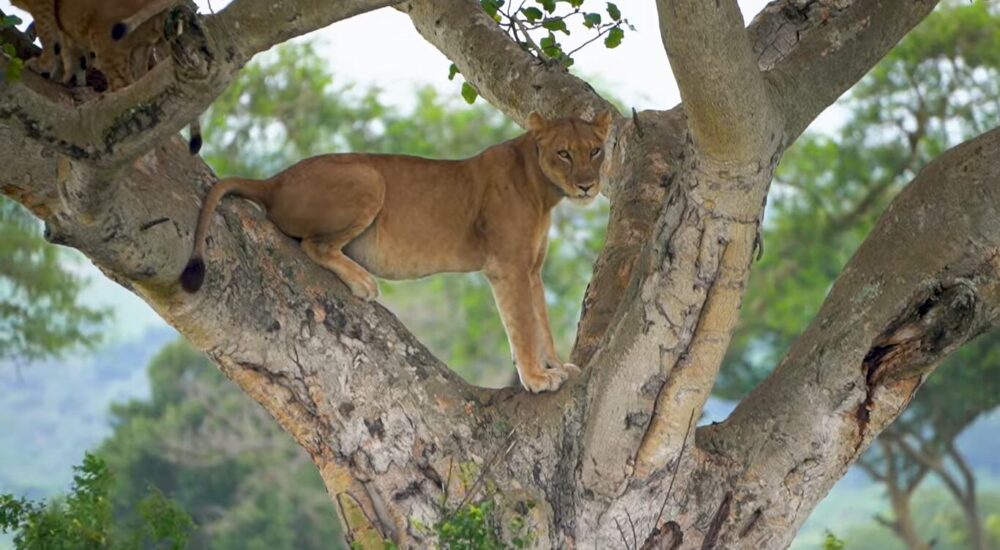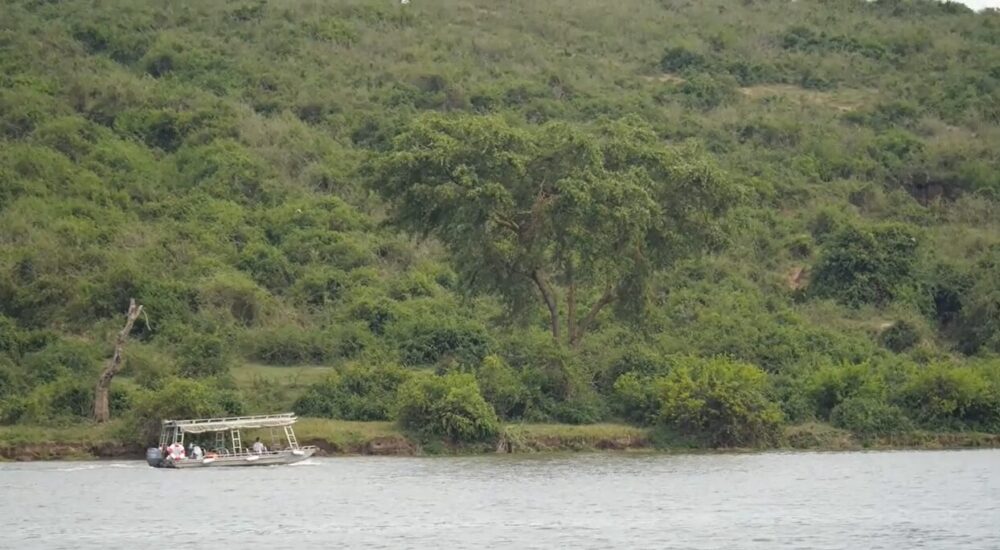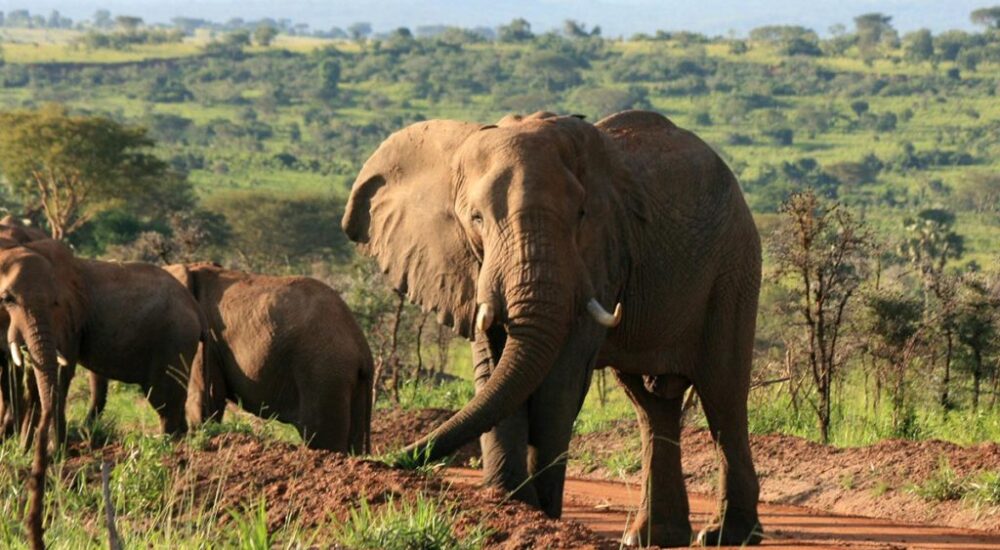Tree-climbing lions are one of the most extraordinary wildlife spectacles in Africa. Found in only…
The Uganda Museum
The Uganda Museum, The Uganda Museum is the oldest in East Africa, and it shows different parts of Uganda’s traditional past. It’s on Kintante Road, near the British Council buildings, as you head toward Kamwokya. By showing collections of traditional Ugandan life, this museum has made a big difference in Uganda’s tourism business.
From 1908 to 1910, the British rule government ran it out of Lugard’s fort in old Kampala, which is now the site of the National Gadhafi Mosque. Later, in 1942, it was moved to the School of Fine Arts at Makerere University. Finally, in 1954, it was officially moved to Kintante Hill, where it still is today.
The Museum of Uganda
There are craft shops at the Uganda Museum that sell homemade items that tourists buy as souvenirs. These shops have had a big effect on the Uganda Tourism Board. A lot of people come to the museum to see the first foldable car, traditional houses, and the first chair, which President Yoweri Museveni sat in during his rule in 1986. This is how the museum protects many cultural sites.
Others come to the museum on purpose to spend their free time with their families, friends, or groups. It’s a good place to do this because it has gardens and workshops where people get together once a year to show off traditional items, which has an effect on Uganda’s tourism industry.
The Uganda Museum is also a place where school groups go to learn more about the past of Uganda. At the museum, on the other hand, you can see cultural items like cutlery, musical instruments, traditional milk pots, leather work, and craft items like homemade bags, necklaces, and earrings that you can buy and take back to your own country.
Parts of the Uganda Museum
The part about the science industry: They have the first foldable car, which was made by Alexandra Mackay, the first phone in the country, and the first presidential chair, which is where President Yoweri Kaguta Museveni sat when he took office “in 1986.” All of these have been visited by tourists and have been used by tourists, students, and researchers for study.
The Palaeontology section lets you see or learn about how things in the world, like animal features and bird species, fit into the bigger picture of history.
The part about natural history: Visitors to this natural history area can see snakes and birds that are native to Uganda in the reptile exhibits.
The musical galley: This part shows drums, string instruments, percussion, and other instruments that were used in ancient times.
The part about ethnography: In this part about history, you can see gomesi for women and Kanzu for men, as well as wooden sandals, bark cloth, baskets, wooden tools, and a traditional reed door. For different kinds of hunting, they used rocks, bones, and wood as tools.
This part is about archaeology and has museum-quality things like a Xylem phone and drums, which were used as instruments in traditional African stories for Bachwezi. This area also has the first printing press, which made Uganda’s first newspaper. This has an effect on tourism in Uganda.
Cultural Village part: This part shows a number of traditional African huts. These beautiful huts, each with its own history, are sure to get people excited. You can find it outside of what the museum says.
The cultural houses in Uganda are different types of traditional huts or houses used by Uganda’s traditional tribes, such as the Batooro, Bakiga, Lango, Ankole, Baganda, Bagishu, and others. Ugandans have been hunting for more than 100,000 years, and each traditional hut has a hunting spire that looks like a clan. A few of the things that are used are bark clothes, traditional beds, knives, traditional clothing rules, and saddles.
When is the Uganda Museum the most interesting?
Festival times, like “Christmas time,” are the best times to spend an hour at the Uganda museum. This is because there are a lot of foreign and local visitors there enjoying the beautiful traditional displays while a guide talks about each one separately.


